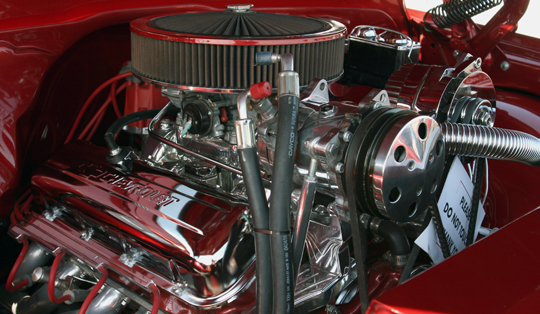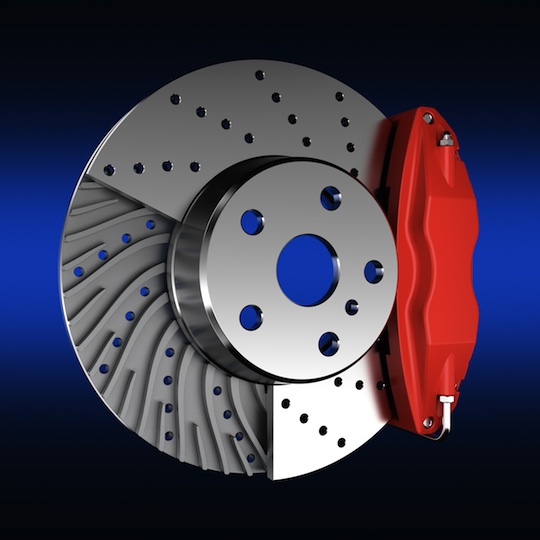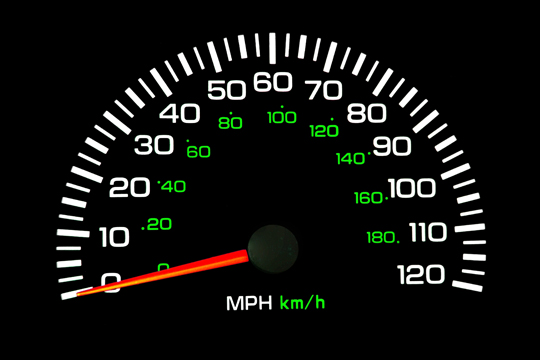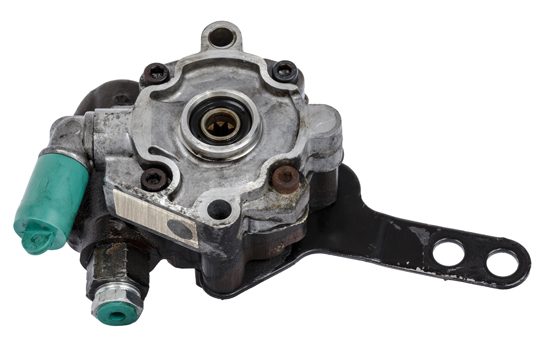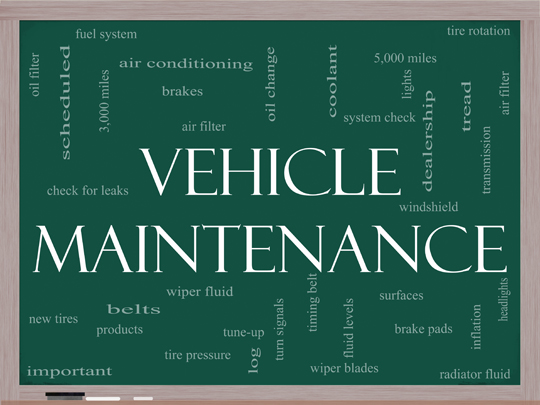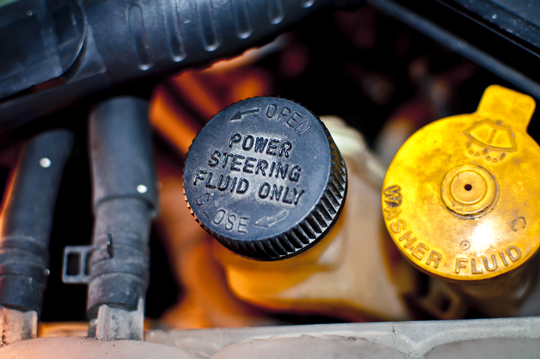The Nissan LEAF electric car is a hatchback car that was introduced in 2010 to the USA and Japan. The US Environmental Protection Agency stated that the Nissan LEAF’s fuel economy is 115 miles to the gallon, which makes it very economical. The newer version of the Nissan LEAF electric car, the 2013 model, has a rating of 200 miles per gallon. The Nissan LEAF electric car is now sold in 17 countries across the European continent.
Best-Selling Electric Car
The Nissan LEAF electric car is the world’s best-selling electric car, with over 50,000 units sold as of February 2013. This is not surprising, since you won’t run in to power steering pump noise using this car due to its unique mechanisms. The leading markets for the Nissan LEAF are the United States and Europe, because it is the best highway-capable car with electric propulsion.
Environmentally-Friendly
Since it is an electric car, the Nissan LEAF produces no greenhouse emissions and no tailpipe pollution. It also reduces dependence on petroleum. It has won many awards due to its environmental benefits. Among these awards are the 2010 Green Car Vision Award, 2011 World Car of the Year and 2011 European Car of the Year.
The average prices of a car nowadays depend on the car’s capabilities and the technology that comes with the car. With a car like the Nissan LEAF, the money will be well-spent because of the advanced technology and the savings from not having to buy petroleum. The Nissan LEAF is truly a remarkable car that you should consider buying because of the many features it offers.
Cars powered by electricity or with hybrid electric/gasoline engines are finally beginning to come into their own. The LEAF is a prime example of the changing trends among car buyers.
Need Help Deciding?
Contact TalkLocal today and let us put you in touch with someone to help you decide if a Nissan LEAF electric car is for you. We’ll connect you with up to three professionals in just minutes.




